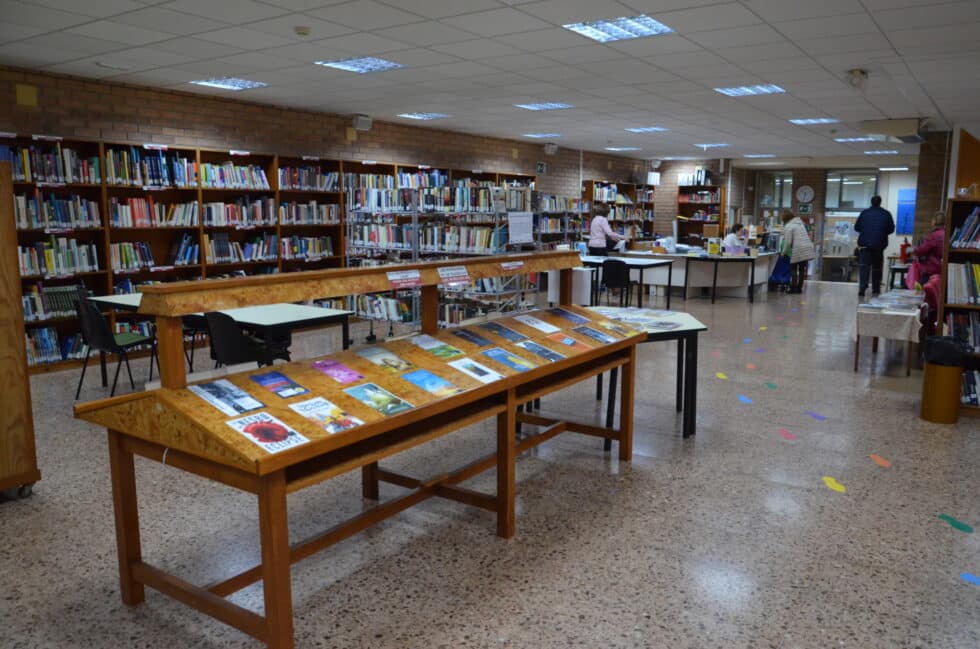Despite the overall decline in books, mostly balanced by the growth in digital platforms, libraries can still play a big part in communities, as has been proven in Santa Pola, where the three public libraries received six thousand more users in 2023 than the previous year, lent more than 43,000 documents and organised 1,243 activities with more than 21,000 attendees. The number of members doubles the regional and national average and represents 63% of the population.
Part of the success of Santa Pola libraries has been attributed to them adapting to modern needs, not limited to being a space for reading and lending books, but the variety of multimedia documents they make available to citizens and their efforts to organise a multitude of parallel activities for all audiences, make them a rare example and reference point throughout the national territory.
This select group is made up of the Central Library in the Casa de Culture, the Children’s Library in the Civic and Social Centre and the International Library of Gran Alacant.
The number of attendees at their facilities has been 53,027, which represents an increase of 6,000 people compared to 2022. They have lent more than 43,000 documents including books, films, magazines or video games, doubling the number of loans by inhabitant to the regional and state average. The loan ratio per inhabitant in Santa Pola is 1.14, which is double the average of the Valencian Community (0.56) and almost the state average (0.63).
Regarding the 1,243 activities carried out in the three centres, more than 21,412 people have attended them. In this aspect, the Santapolera libraries are very special because such a high figure is unusual, since the average number of activities in the Valencian Community is 31 per library, with the national average being 36. This tells us that we exceed these figures by… 3,453%!
Finally, it is also worth highlighting the 866 new members registered this year, which bring the number of people holding the Santa Pola library card to 23,836. This represents 63% of the population, also doubling the regional average (32.60%) and national average (28.18%).





